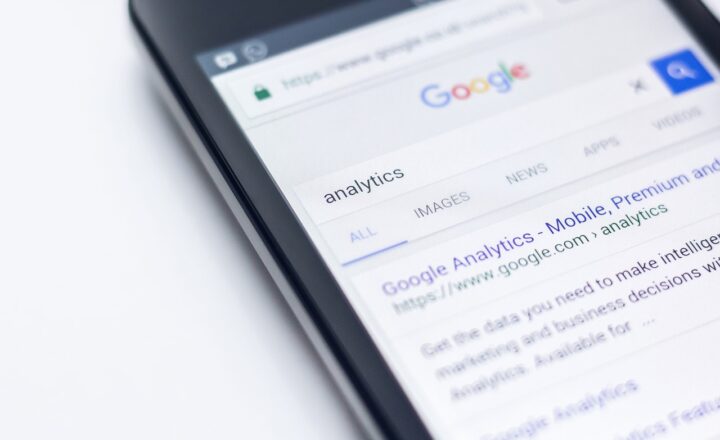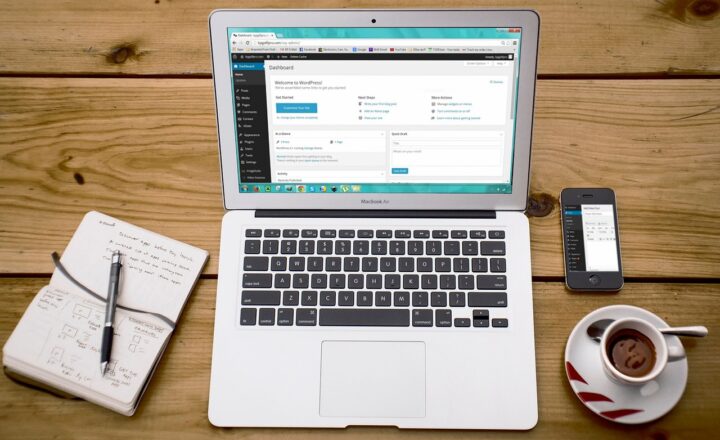
Images are a crucial part of any website. They grab attention, enhance content, and contribute to the overall user experience. However, large, unoptimized images can drastically slow down your website, negatively impacting user experience and SEO rankings. In this comprehensive guide, we’ll explore how to optimize your website’s images for faster loading times and better performance.
1. Why Image Optimization Matters
In today’s digital landscape, speed matters more than ever. According to studies, a delay of just one second in page load time can lead to a significant decrease in user satisfaction and conversions. Additionally, Google considers page speed as one of its ranking factors. So, optimizing your images helps you to:
- Improve user experience
- Enhance SEO performance
- Reduce bounce rates
- Save bandwidth costs (especially for mobile users)
With the right techniques, you can ensure your images do not hinder your website’s performance, but instead, support it.
2. The Basics of Image Optimization
To effectively optimize images, you need to understand the fundamental principles:
- Compression: Reducing the file size of images without sacrificing quality.
- Choosing the Right Format: Using appropriate file formats for the web.
- Responsive Images: Ensuring images display correctly on devices of various sizes.
- Alt Text Optimization: Utilizing descriptive alternative texts for SEO and accessibility.
Understanding these concepts can vastly improve your website’s performance while keeping it visually appealing.
3. Choosing the Right Image Format
Choosing the right format for your images is a critical step in image optimization. Here are the most common formats:
- JPEG/JPG: Great for photographs and images with lots of colors. This format offers a good balance between quality and file size but is lossy, meaning some data is lost during compression.
- PNG: Ideal for images that require transparent backgrounds or detailed graphics. PNG files are lossless, meaning they maintain image quality but tend to be larger than JPEGs.
- GIF: Best for animations and simple graphics, but limited to 256 colors, which can decrease quality for photographs.
- WebP: A modern format that provides superior compression for images on the web without sacrificing quality. However, some older browsers may not support it.
It’s essential to choose the format depending on the type of image you are using to ensure optimal performance.
4. Compressing Images Without Losing Quality
Compression can significantly reduce file sizes. Here are some effective tools for image compression:
- TinyPNG/TinyJPG: Free online tools where you can upload your images and it automatically compresses them without much loss in quality.
- ImageOptim (Mac): A powerful desktop application for Mac users that optimizes images for web use by removing unnecessary metadata.
- Optimizilla: An online image compression tool that allows batch processing of JPG and PNG files.
Using these tools, you can reduce image size significantly, leading to faster loading times.
5. Utilizing Responsive Images
Responsive web design ensures images are appropriately sized for different devices, improving loading times. You can use the HTML tag or the tag with the element to serve different resolutions based on the user’s screen size. Here’s an example:

This approach ensures that users on mobile devices load smaller images, which significantly accelerates page loading speed.
6. Leveraging Image Sprites
Image sprites combine multiple images into a single file, reducing HTTP requests required for rendering multiple images. With CSS, you can then only display the desired section of the sprite image. This method is beneficial for icons, buttons, or any graphics that frequently appear on your site.
Here’s an example of how to implement an image sprite:
.button {
background-image: url('sprite.png');
background-position: -5px -10px; / Adjust based on icon location /
width: 50px;
height: 50px;
}
This technique optimizes loading times by consolidating many small images into one.
7. Alt Text and SEO
Optimizing images isn’t just about speed. You should also consider SEO. Adding descriptive alt text can enhance your SEO strategy and make your images more accessible to visually impaired users. Include relevant keywords related to your content within your alt texts but keep it natural. For example:

This strategy helps search engines understand your images, which can lead to better rankings in image searches.
8. Using Content Delivery Networks (CDN)
A CDN can significantly enhance website speed by caching content in various geographical locations and delivering images from the nearest server to the user. Some popular CDN services include Cloudflare, Amazon CloudFront, and Akamai. Implementing a CDN helps not only optimize loading times for images but also improves overall site performance, especially for global audiences.
Conclusion
Optimizing your website’s images is essential in creating a faster, smoother user experience while improving your search engine rankings. By understanding and utilizing best practices for image optimization—from choosing the right formats, compressing images, to using a CDN—you can significantly enhance both the speed and accessibility of your site. Start implementing these strategies today to see immediate improvements in your website’s performance.
By following these steps, you’ll ensure that your images contribute positively to both user experience and search engine ranking, ultimately leading to higher engagement and conversions. Optimizing images may seem like a small aspect of web design, but its impact on your website’s performance is monumental. Embrace these techniques for a better, faster web experience!







